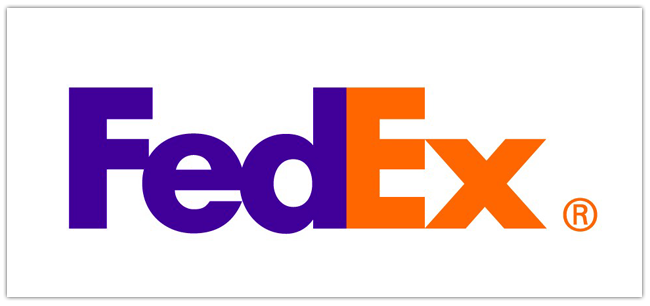by Liz Ann Sonders and Kevin Gordon, Charles Schwab & Company Ltd.
The Fed announced a 75bps rate hike, vowing to forcefully tackle inflation, while conceding the path to a soft landing has become "more challenging."
The year-end forecast for the fed funds rate is now 3.4%, well up from 1.9% in March and now generally in line with market expectations. As shown in the "dots plot" below, after peaking at 3.75% next year, the Fed expects the rate will begin falling again, ending 2024 back below 3.5%, and 2.5% longer-term.

The summary of economic projections (SEP) were released, as they are at every March, June, September, and December FOMC meeting. The Fed's projections still suggest a soft landing, but a much bumpier one. We continue to believe a recession is more likely than a soft landing. As shown below, the Fed now expects the unemployment rate to increase from 3.7% at the end of this year, to 4.1% in 2024. It expects real GDP growth to be 1.7% this year and next year, down from 2.8% and 2.2%, respectively, in the March SEP. As shown below, inflation is still expected to come down significantly in 2023, but from 5.2% this year (instead of 4.3% in March's SEP) to 2.6% next year (instead of 2.7% in March's SEP).

Source: Charles Schwab, Federal Reserve, as of 6/15/2022.
Note: Projections of change in real gross domestic product (GDP) and projections for both measures of inflation are percent changes from the fourth quarter of the previous year to the fourth quarter of the year indicated. PCE inflation and core PCE inflation are the percentage rates of change in, respectively, the price index for personal consumption expenditures (PCE) and the price index for PCE excluding food and energy. Projections for the unemployment rate are for the average civilian unemployment rate in the fourth quarter of the year indicated. Each participant's projections are based on his or her assessment of appropriate monetary policy. Longer-run projections represent each participant's assessment of the rate to which each variable would be expected to converge under appropriate monetary policy and in the absence of further shocks to the economy. The projections for the federal funds rate are the value of the midpoint of the projected appropriate target range for the federal funds rate or the projected appropriate target level for the federal funds rate at the end of the specified calendar year or over the longer run.1 For each period, the median is the middle projection when the projections are arranged from lowest to highest. When the number of projections is even, the median is the average of the two middle projections.2 Longer-run projections for core PCE inflation are not collected.
Pressure cooker
- The number of Fed members who see the risk to their PCE (inflation) forecasts are to the upside remain at the record of 16, with only two officials believing the risk is balanced.
- Powell noted that job growth is slowing, but remains "robust," even though overall growth forecasts were lowered by Fed officials.
- FOMC members how have unemployment rate forecasts "noticeably above" where they were in March (but are most likely still too low).
- Powell reiterated that quantitative tightening (QT) plays an "important role" in tighter monetary policy.
- Powell ended his formal remarks by noting that there could be "further [inflation] surprises in store" and that 75bps hikes should not be ruled out going forward, but that decisions will be made meeting-to-meeting. He did, however, stress that 75bps will not be "common."
- With regard to forward-looking inflation expectations, Powell said the Fed looks at a broad range of measures and that they continue to show high short-term inflation, but sharply lower inflation longer-term. However, he said the UMich long-term inflation expectations jump from 3.0% to 3.3% last Friday, was "eye catching."
- Powell noted that the long-end of real yields has increased substantially and are now in positive territory, which aids in tightening financial conditions (the real 10y Treasury yield has increased by a record amount since March—more than during 2013's taper tantrum and 2008's financial crisis).
- The Fed will not "declare victory" on inflation until it sees "compelling evidence" that it's coming down; with Powell saying he wants to see a "series" of declining monthly inflation readings.
- When asked about the economic costs of bringing inflation down, Powell said that "there is a path for us to get there" but that "it's not going to be easy."
In sum
Copyright © Charles Schwab & Company Ltd.















